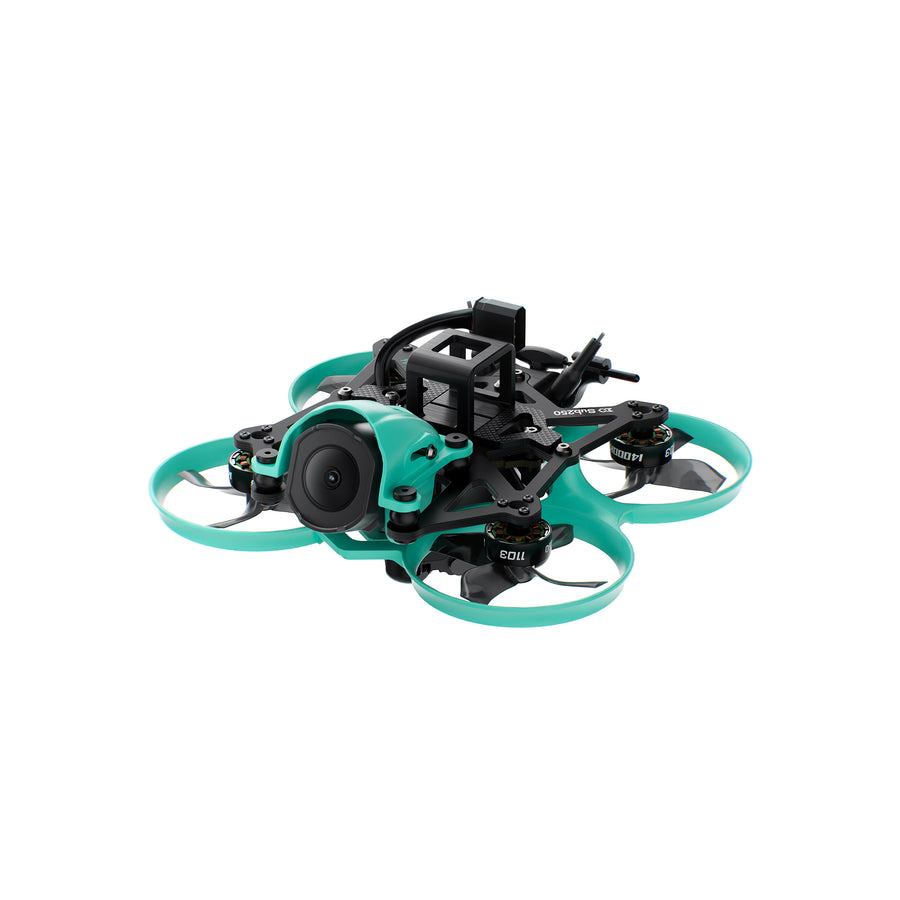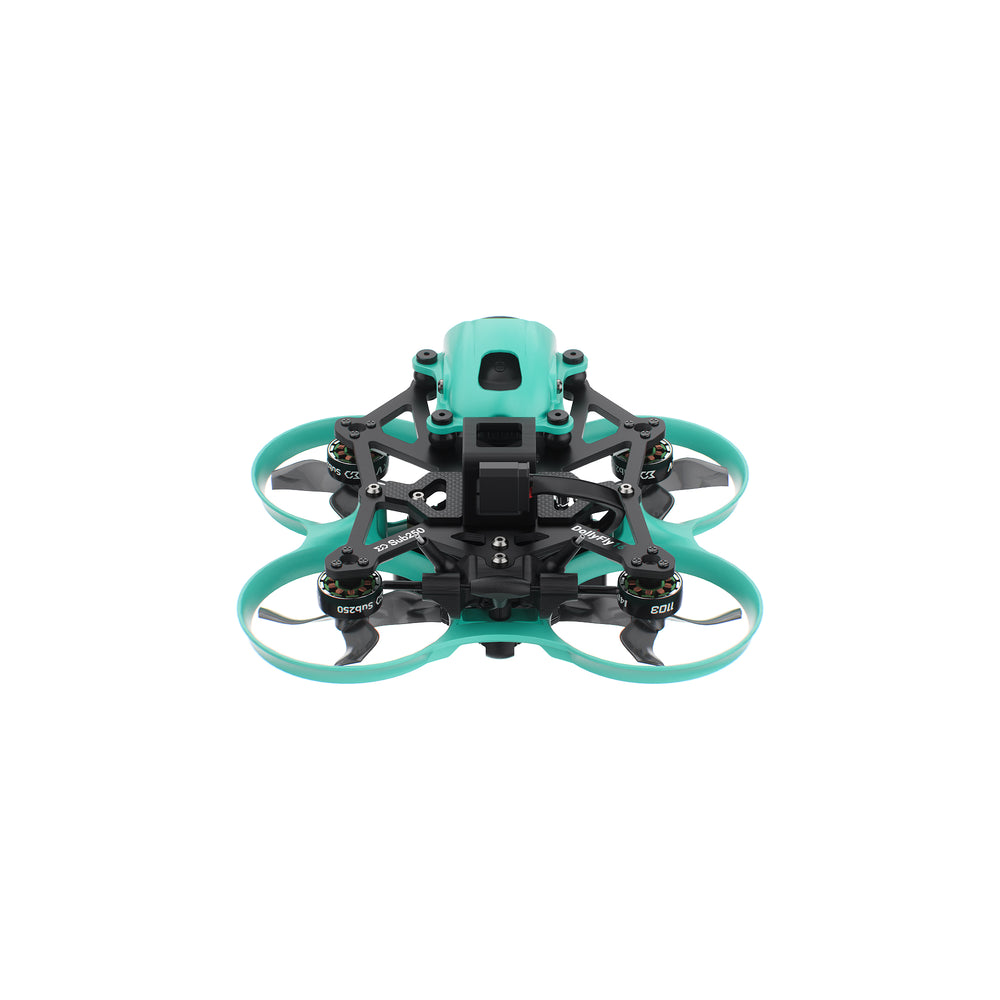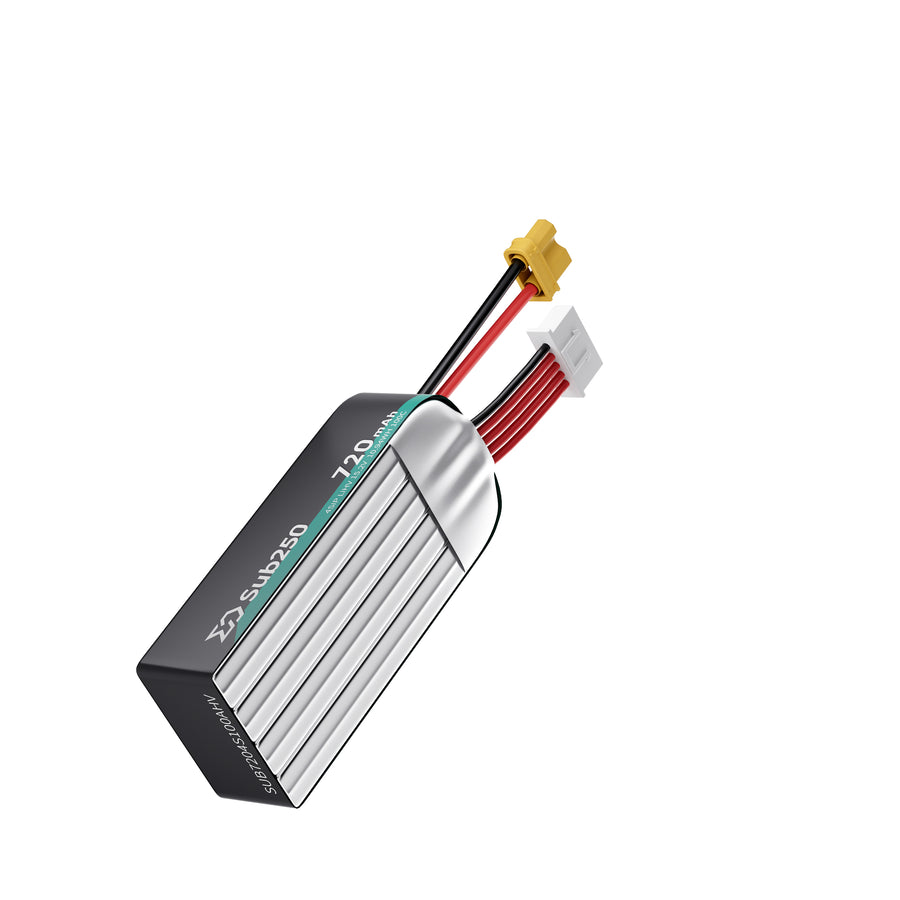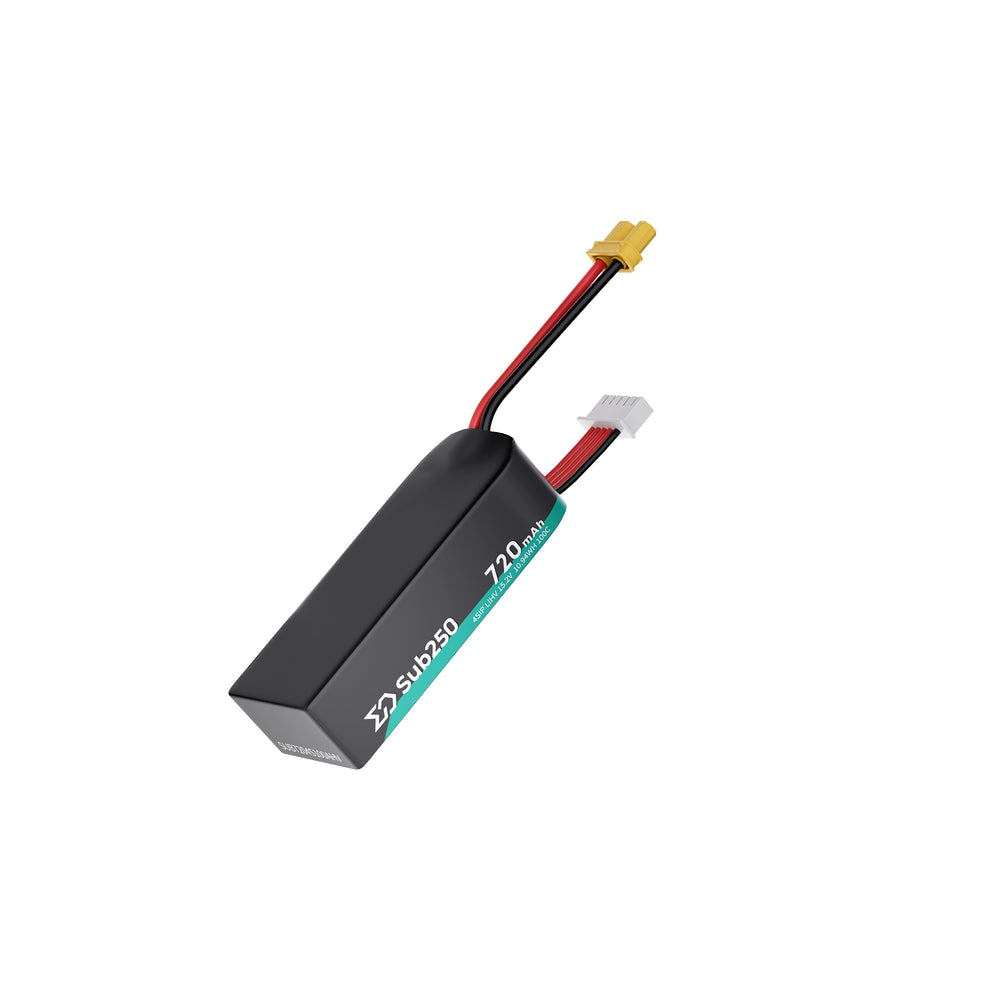Why is the brand name Sub250?
A sub-250gram 1.2-5” drone with similar flying characteristics as a standard 1.2-5”. A big advantage is that it is legal in most countries that have weight limits on fpv drones! It is capable of carrying an action camera with ease and it is insanely durable.
Regulators in the United States, Canada, the United Kingdom, continental Europe, Australia, and other regions have agreed that drones weighing less than 250 grams (0.55 pounds) are virtually harmless. In a fall or a collision, a sub-250g drone is just not going to cause the same kind of damage as a heavier drone. Since they consider sub-250g drones to pose the lowest risks, they have made them subject to fewer restrictions or requirements than their heavier counterparts. The rules differ in each country, but in many places, a sub-250g drone may not require registration, and may also be eligible for more complex operations, such as flying over people.
This sub-250g weight category was created in 2015, when the U.S. Federal Aviation Administration (FAA) asked a committee of aviation and drone experts to quickly determine the minimum weight of a drone that recreational drone pilots should be required to register. With personal safety the main goal, the committee employed complex formulas involving kinetic energy and terminal velocity to recommend a weight category of 250 grams and above, which the FAA then adopted.
While the 250g limit was intended only as a threshold for registration, it was quickly adopted by other countries as the threshold for many drone regulatory expectations. Any weight below that was considered so light that it was unlikely to cause safety problems, and thus there was little reason to impose stronger regulations. DJI later took a more comprehensive look at the science behind the calculations and concluded that the 250g limit was very conservative.





